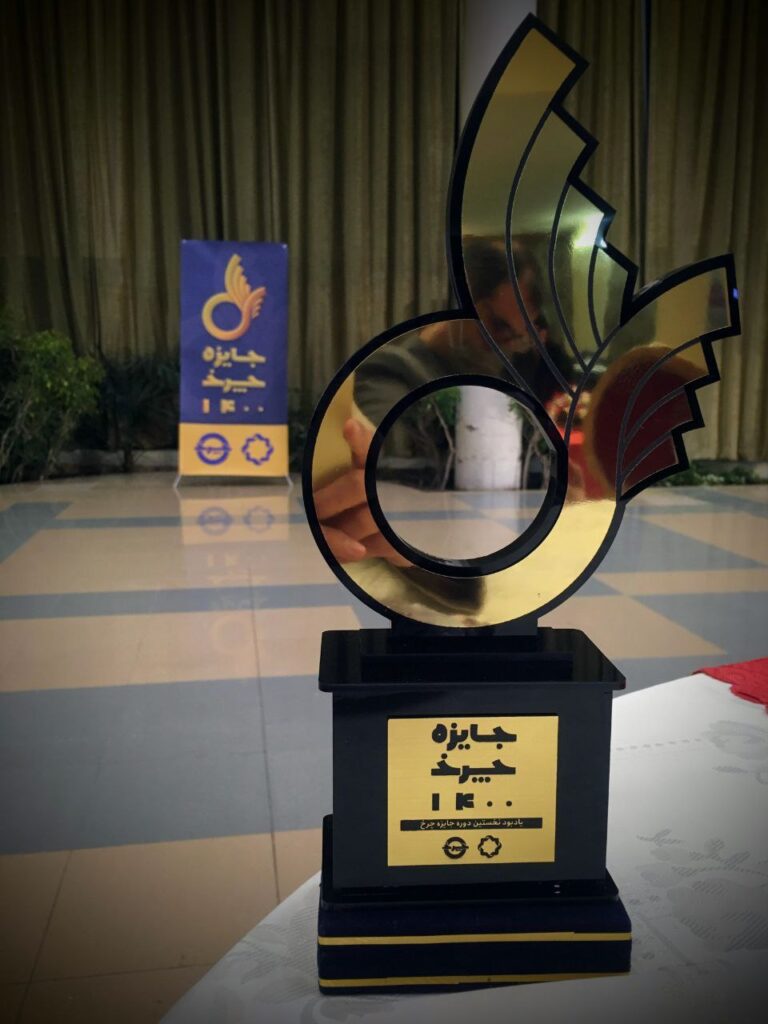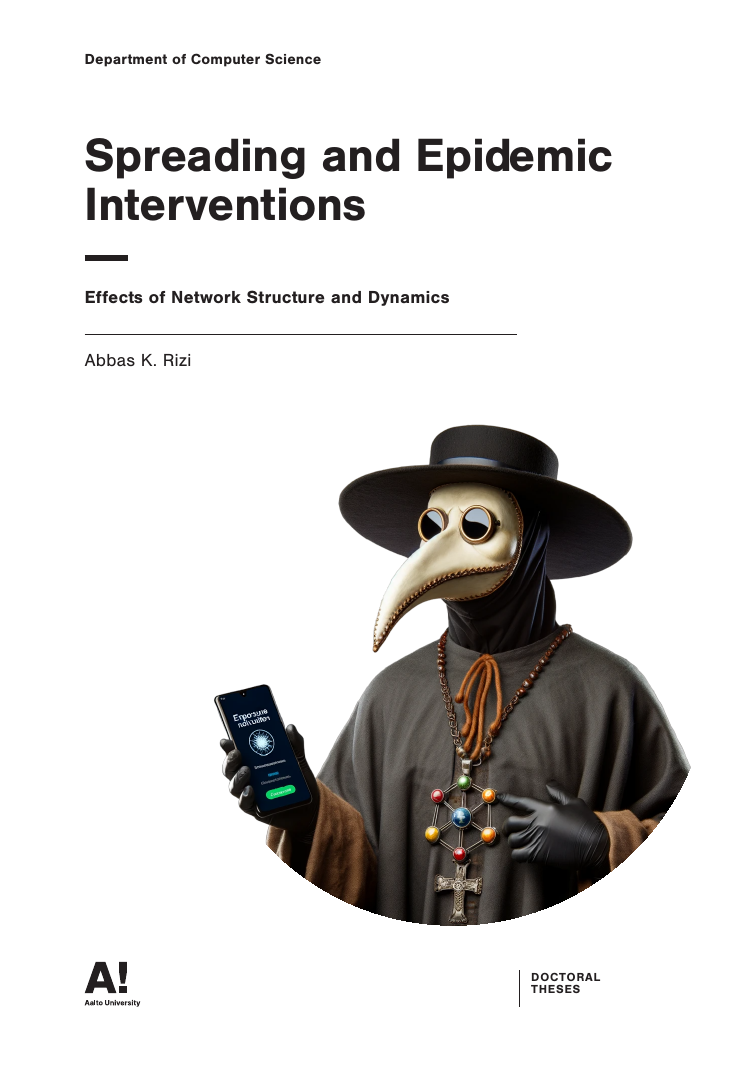Social Balance Theory
Imagine Alice and Bob have just gotten married and have a mutual friend called Chris. In this scenario, they form a triangle of husband-wife-friend relationship, and every edge of this triangle represents a friendship link. Obviously, in this triplet of relationships, people like each other and can spend time together without any conflicts! So this triplet is said to be balanced because everything is fine there, and people enjoy their current state. But If something goes wrong between Alice and Bob and they decide to get divorced, then the link between the husband and wife in the triangle turns into enmity, and from now on, this change makes Chris rethink his relationship with this ex-couple because he cannot simultaneously be friend with these guys who are enemy of each other! Chris has to change his attitude towards Alice or Bob; at last, he must decide to be in a friendship status only with one of them. The triplet of the relationship is now imbalanced, and Chris finally decides to turn his relationship with Alice or Bob into enmity (turning a positive link into a negative one), which leads to another balanced state for this triangle of relationship after experiencing an imbalance. The dynamics of this change are mimicked in the picture below.

So as you may guess, in a triplet of relationships, if odd numbers of the links are positive (friendship), the triangle is said to be balanced, and otherwise, it is imbalanced. A balanced triangle, therefore, fulfills the adage that: (i) a friend of my friend is my friend, (ii) an enemy of my friend is my enemy, (iii) a friend of my enemy is my enemy, and (iv) an enemy of my enemy is my friend. This notion of balance in social systems was first introduced by Heider (1946), an Austrian psychologist whose work was related to the Gestalt school.
The Energy of Social Networks
The key concept in Heider’s Balance Theory is, “We adjust our relationship based on reducing the psychological stresses.” On the other hand, an imbalanced triangle is analogous to a frustrated plaquette in a random magnet. Physicists know how to assign energy to a system based on the interactions of its constituents. Therefore, inspired by a random magnet, we can assign energy to a triplet of relationships by multiplying each link’s strength in the triangle of relationships. So in the case of the husband-wife-friend triangle, the energy is:
$$E = -R_{hw}R_{wf}R_{fh}$$
which $R_{hw}$ is the strength of the relationship between husband and wife. For a friendly relationship, $R_{hw}$ is a positive number, and $R_{hw}$ is a negative number for an unfriendly relationship. The minus sign is to make the analogy between the concept of social balance and stability in physics. In physical terms, the imbalanced triangles must have higher energy because the dynamics are toward more stable states with lower energy levels. The same reason that an apple falls off a tree and goes from a higher energy level at a higher altitude to lower energy levels toward the ground.
Now with this mechanism, calculating the energy of triangles formed in a social network is handy; we can just simply find the energy of each triangle and, by aggregating them, come to the energy of that network! The higher energy of a network, the more tendency toward attitude change is expected in that network!
The Cancerous Cell Has Less Energy!
When we look at the social life of the genes in the cell, we see that genes make dialogue with each other. It means that genes form a social network in a cell and that the relationships between each pair of genes can be positive or negative, in the sense that genes can alter the state of other genes through the so-called regulatory effects. So, again if the strength of the relationship between each pair of genes is known, we can find the cell’s energy. For the case of Breast Cancer, K. Rizi et al. at Shahid Beheshti University in Tehran have inferred the strength of the relationship between each pair of genes and showed that the energy level of the normal cell is higher than the cancerous one, meaning the normal cell has more tendency to change its attitude. Therefore it can tackle more challenges it experiences through its life cycle.
This is how interdisciplinary research is done nowadays in complex systems. The point is to be open to ideas from different disciplines and creative enough to construct a pathway to solve real-world problems. From a psychological theory from 1946, we have come to a question in 21st-century systems biology with a resolution equipped with the physics toolbox!
To see the detailed study, click here:


